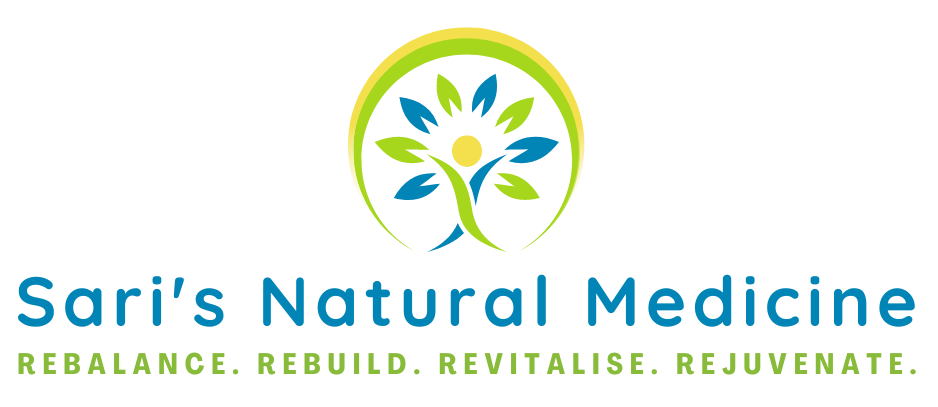To unlock your powerful health information, and then unleash your health potential by acting on that information, you need more than just getting a Hair Tissue Mineral Analysis (HTMA) done. You need to cut your hair sample correctly, have the hair analysed at a laboratory that uses state-of-the-art equipment and does not wash the hair, and THEN you need to get the HTMA interpreted correctly by an expert. Find out more below.
What is the correct sampling procedure?
A simple hair sample is cut by you at home and sent directly to the laboratory. Hair samples are cut from the head ideally, but other body hair can be used. The hair must be washed between 4 and 24 hours previously and thoroughly dried. 3-3.5cm is used from the hair closest to the scalp reflecting the most recent growth and the previous 3 months biochemistry. It is then sent to the laboratory in a labelled paper envelope. If hair dyes have been used, it is best to wash the hair 4 times before cutting a sample. Try and obtain your hair sample prior to your next hair treatments.
What is the correct laboratory testing procedure?
More important than obtaining an accurate hair sample, is obtaining accurate testing of the hair sample.
Once the hair sample reaches the laboratory, it is cut into small pieces. It is then digested overnight in nitric and perchloric acid. The next day is it rehydrated and placed into the spectrometer. It is then burned at a high temperature. As this burning occurs, each different mineral gives off a different frequency of light, which is measured by the spectrometer. Precise calibration and control of the flame temperature is essential to the accuracy of the HTMA results.

The most advanced and sophisticated instrument is used- the Perkin Elmer ICP-MS nexION 200B Mass Spectrometer to assess mineral levels in parts per million or parts per billion. It costs thousands of dollars and is not something that small companies can use. The same testing is used for forensics, animal hair/ fur testing, soil testing, geologist tests and drug testing. It boasts extreme accuracy at 97%! This is similar or better accuracy than blood tests.
A good laboratory (ARL and TEI) does not wash the hair with water or chemicals, and this is VERY important for accurate results. Unfortunately, most laboratories wash the hair to remove environmental contamination, however this strips the hair of minerals and significantly skews results. Environmental contamination includes shampoos, conditions, other hair treatments and air pollution. However, most of these products do not leave behind minerals in the hair. Some products such as Head and Shoulders (effect zinc levels), swimming pools (effect sodium and copper), heavy sweating just before cutting the sample (effects the sodium and potassium) and some hair dyes (effect lead). It is easy to rule out these effects as it is obvious on the HTMA if this has occurred. As a side note, it is important to choose your hair products wisely – natural products are available, and in doing so you can avoid exposing yourself to many other toxins that are absorbed through your scalp.
However, research shows that it is far better to leave the odd bit of contamination on the sample and keep all the minerals in the sample, rather than wash the contamination out along with minerals. Research shows that calcium, sodium, potassium, zinc and magnesium are washed out and the consequence is skewed and inaccurate HTMA results.
The complexity of Hair Tissue Mineral Analysis (HTMA)
Once you have obtained an accurate hair sample, and had it tested properly by a state-of-the-art laboratory, it is incredibly important that you have your HTMA interpreted by an expert.
HTMA requires expert analysis. Unfortunately, it is not as easy to notice a mineral level is low, and then supplement that mineral via diet or supplementation in the hope to raise it. Minerals all work together in a complex and unique manner.

Minerals can be synergists or antagonists and sometimes both toward each other. A mineral is acting antagonistically when it decreases or blocks the absorption of another mineral, or it blocks a metabolic function. For example, calcium can inhibit iron’s absorption. Minerals can be synergistic. This means two minerals produce a greater health effect working together than if separately. Zinc and copper act synergistically when they are at optimal ratios, working together at enzyme sites. However, if either one is in excess, it will deplete the other. They also compete for absorption. This all means that if you give one mineral, it will have effects on others- sometimes positive, other times negative.
Most medical and health practitioners do not understand the value of HTMA testing, and therefore do not use it in their practice. Of the few practitioners that do use it, many use it incorrectly. It is commonly used to detect heavy metals only. Others use it to determine what minerals a person needs and then supplement with that low mineral on the HTMA. This is a flawed method due to the synergy or antagonist characteristics as discussed above, and often results in further imbalances for the person. It is unfortunately, not as simple as a low potassium reading requires potassium replacement supplementation. It will not raise the HTMA potassium level and will cause other minerals to fall. Minerals are highly synergistic and antagonistic and have a large effect on each other.
By contrast, a Nutritional Balancing program is designed based on a correct interpretation of the HTMA. Minerals are given that are known to cause increases in other minerals or falls in excesses. It is complex and needs specific educational training to understand- not just a quick look at the HTMA and see that the Aluminium is low and conclude that there is no aluminium in the body.
What do I do with the HTMA results?
Once an accurate sampling, testing and HTMA interpretation has been conducted, you will have valuable health information such as your current mineral status, any areas of your heath or body that are of concern, any toxic metals you have accumulated PLUS information regarding your energy, thyroid, adrenals, insulin sensitivities, nervous system balance and more! This information is then used to formulate a SPECIFIC health treatment plan – your Nutritional Balancing program, for you to get your minerals back in balance and also detoxify these pesky unwanted toxins causing your body’s illness or non-optimal functioning.

Diet, exercise, lifestyle, detoxification procedures and supplements make up your Nutritional Balancing program to improve your health and wellbeing by balancing your biochemical mineral status.
Integral dietary information is revealed on a HTMA. You will know if you are eating too many fish or not enough; if your protein intake is too low; if you are eating too many carbohydrates; if you are drinking teas that contains toxins; what effect your vegetarian or vegan diet is having, and if there are any drinking water problems- just to name a few. You can then adjust accordingly and watch your next HTMA change for the better.
Lifestyle information is also revealed on a HTMA. Is there a biochemical effect in you, from the presence of stressful relationships, drug use, work stress, toxic deodorant usage, selenium or aluminium containing shampoos, lead hair dyes or workplace toxin exposures? Are you getting adequate sleep or doing enough activities that bring you joy? All this can be revealed allowing you to adjust your lifestyle, and watch your next HTMA improve.
Restoring your vitality and energy levels is VITAL in healing many symptoms.
Want to unleash your potential through HTMA and find out how to regain your health and life?

Book in now for YOUR Hair Tissue Mineral Analysis (HTMA) and find out WHY you aren’t feeling your best and WHAT to do about it.
Get expert guidance on exactly what minerals you need to take to rebalance your body chemistry and regain your vitality through our signature Rebalance Nutritional Balancing program.
Read more about HTMA in this series:

